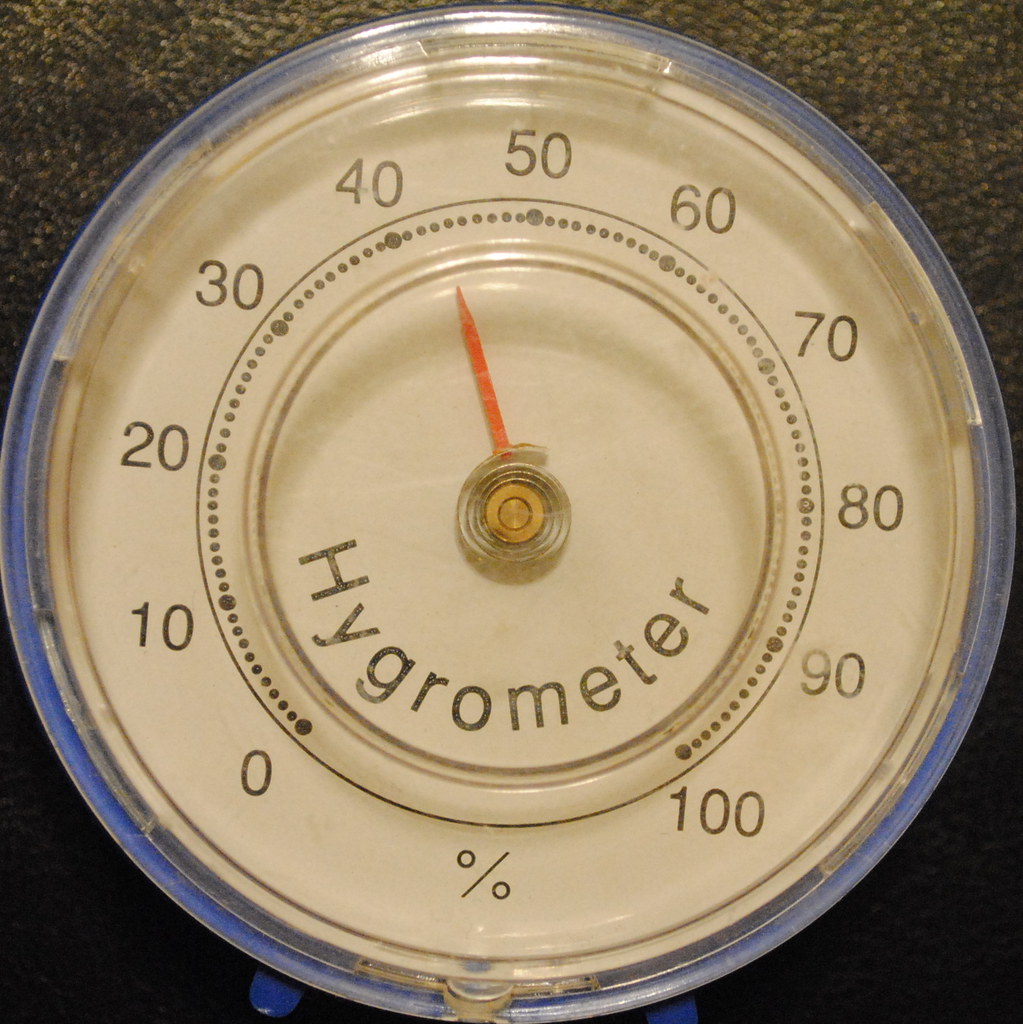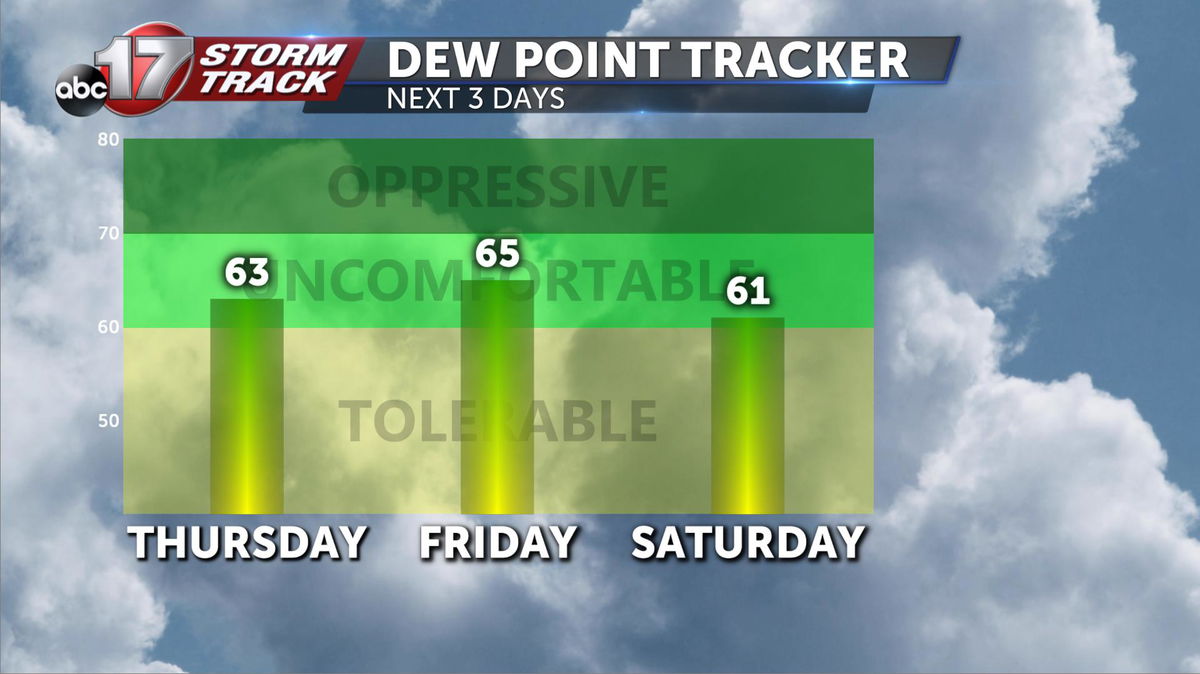
However, dew point temperature is not fixed – it's related to both the absolute moisture content and the pressure of the gas.

If the ambient temperature drops to +6 ☌, then moisture will condense in the line. For example, if the dew point temperature of a compressed air line is +7 ☌ dew point, and the ambient temperature is +20 ☌, there will be no condensation. Condensation occurs when the ambient temperature of the process drops below the dew point temperature of measured gas. How does pressure affect dew point?ĭew-point temperature is a key parameter for avoiding condensation. The pressure difference does not need to be high to affect the dew point temperature: even a change of 1 bar above atmospheric pressure counts as a pressure dew point. Unlike moisture content which is a fixed value no matter the temperature or the pressure, the dew point temperature of a gas is relative to the pressure. Atmospheric dew point is often abbreviated to (ADP). The term ‘pressure dew point’ (PDP) is used when the gas is at a pressure higher than normal atmospheric pressure. In industrial applications, dew point is used as a measurement of humidity in either a process gas or within a controlled environment. This article covers the basic theory behind calculating dew point temperatures at higher than atmospheric pressure and suggests best practices for sampling and measurement techniques.

Many applications use gas or air at pressure so calculating pressure dew-point (PDP) temperature accurately is essential. It can damage equipment, make its way into sensitive processes, shorten the life of air-driven tools or reduce product quality.

Avoiding condensation is vital for many processes.


 0 kommentar(er)
0 kommentar(er)
